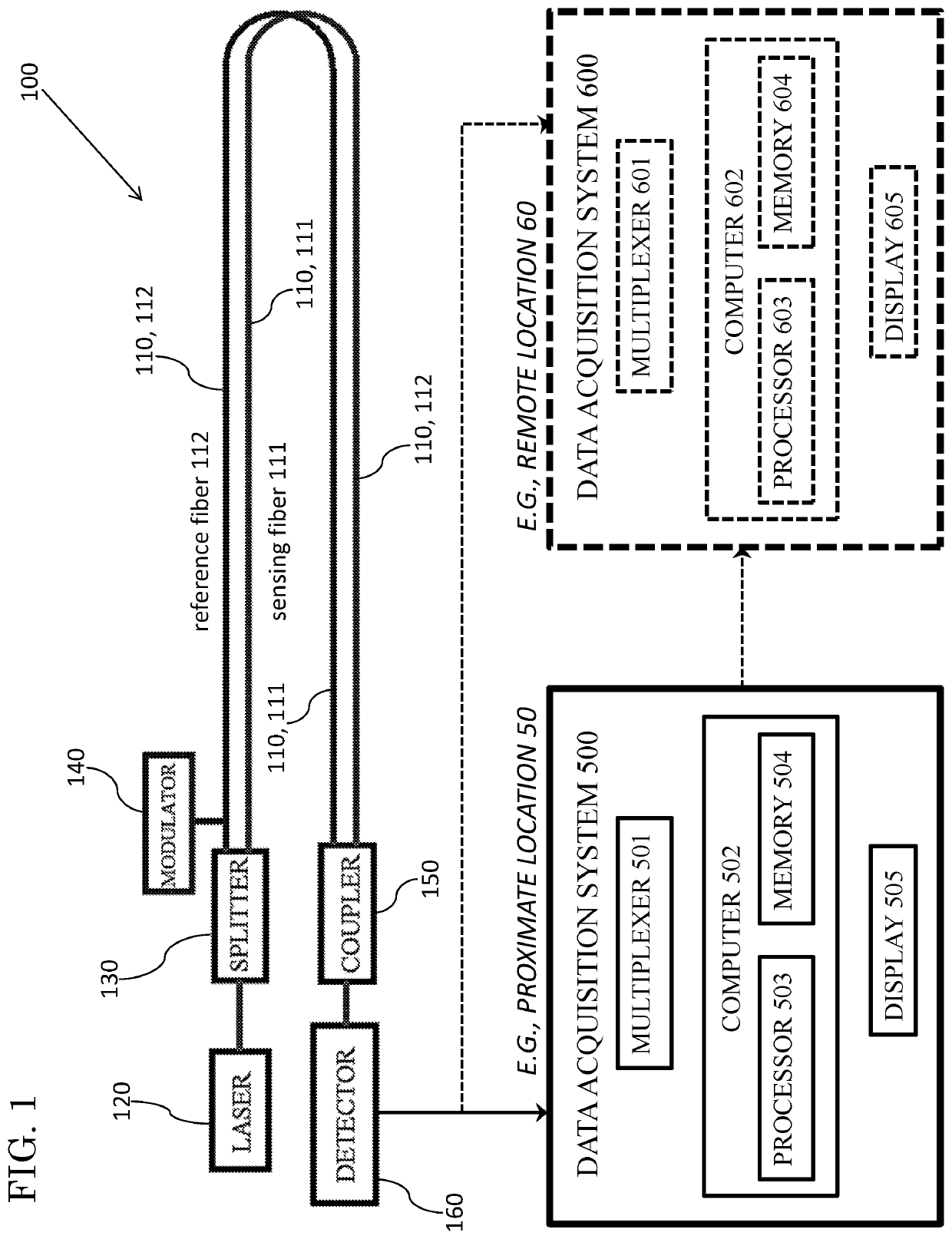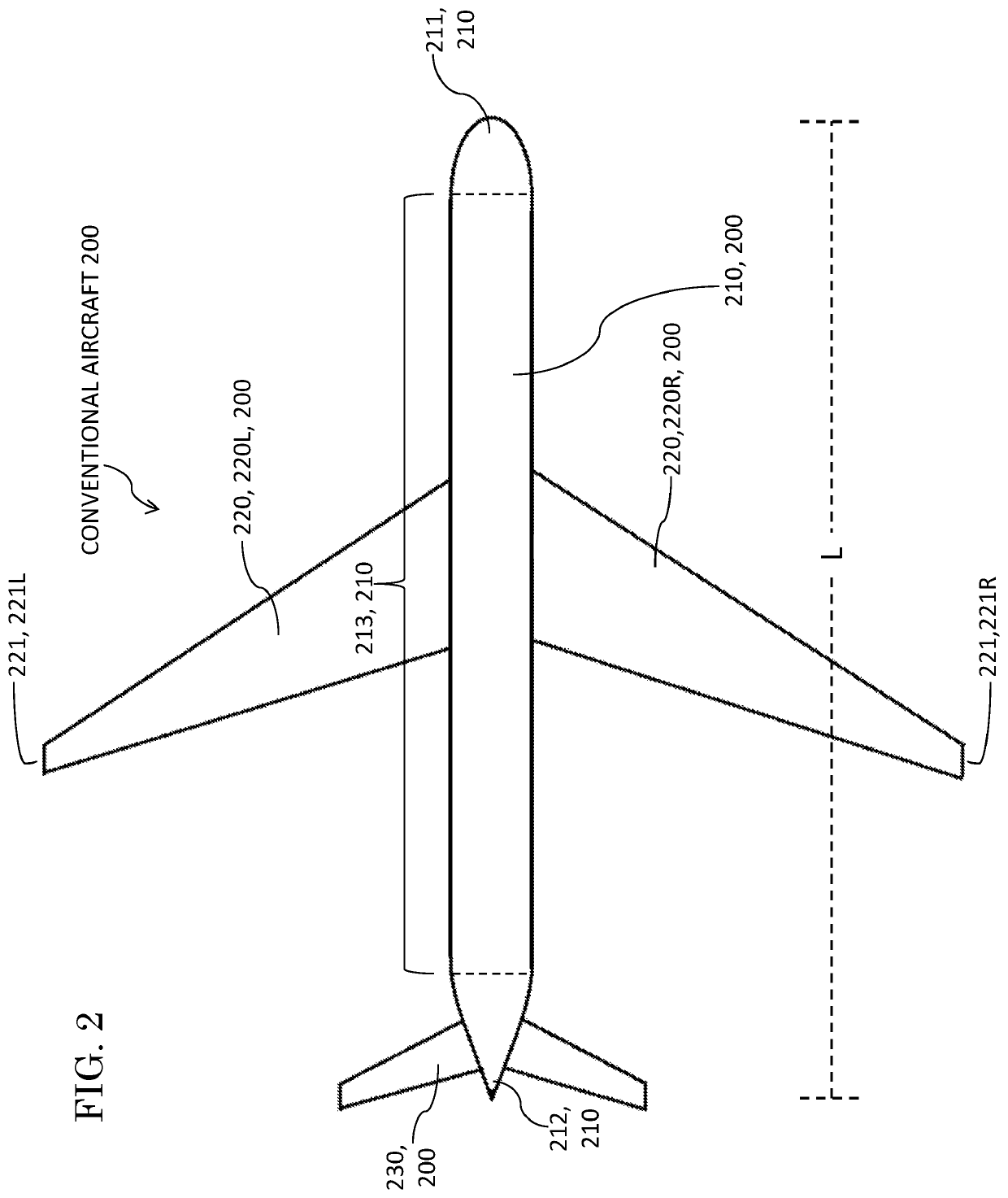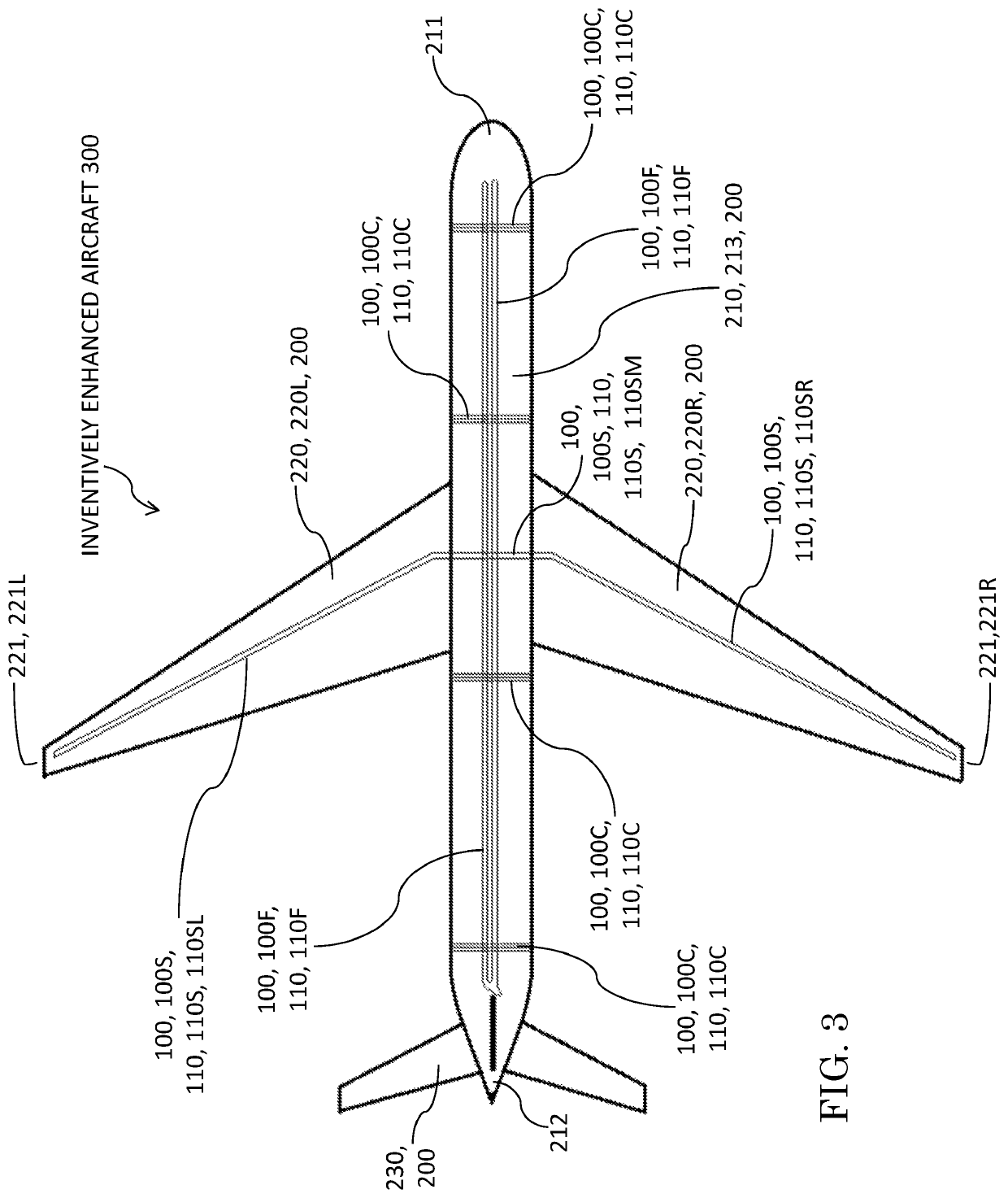Atmospheric infrasonic sensing from an aircraft
a technology of infrasonic sensing and airframe, which is applied in the direction of optical prospecting, clear air turbulence detection/forecasting, instruments, etc., can solve the problem that the noise at scales larger than the aperture of the sensor cannot be mitigated with a single sensor, the spatial averaging of pneumatic transmission lines becomes ineffective beyond certain wind speeds, and the inability to observe and locate better, so as to achieve the effect of superior signal-to-noi ratio ratio ratio ratio ratio ratio ratio ratio ratio ratio ratio ratio ratio ratio ratio ratio ratio ratio ratio ratio ratio ratio ratio ratio ratio ratio ratio ratio ratio ratio ratio ratio ratio ratio ratio ratio ratio ratio ratio ratio ratio ratio ratio ratio ratio ratio ratio ratio ratio
- Summary
- Abstract
- Description
- Claims
- Application Information
AI Technical Summary
Benefits of technology
Problems solved by technology
Method used
Image
Examples
Embodiment Construction
[0045]With reference to FIG. 1, a main objective of exemplary practice of the present invention is to measure low frequency acoustic energy at altitude in the atmosphere. Exemplary inventive practice features, inter alia, effectuation of such infrasonic measurements through association of interferometric optical fibers with one or more aircraft such as, for example, commercial aircraft 200 shown in FIG. 2. Exemplary embodiments of the present invention implement one or more interferometric infrasound sensors such as interferometric infrasound sensor 100 shown in FIG. 1. According to exemplary inventive practice, multiple infrasound sensors 100 situated on an aircraft 200 provide a means for determining amplitude and direction of incident acoustic energy.
[0046]The embodiment shown in FIG. 1 of an inventive interferometric fiber-optic sensing device 100 includes an optical fiber pair 110, a laser 120, a splitter 130, a modulator 140, a coupler 150, and a photodetector 160. The pair 11...
PUM
 Login to View More
Login to View More Abstract
Description
Claims
Application Information
 Login to View More
Login to View More - R&D
- Intellectual Property
- Life Sciences
- Materials
- Tech Scout
- Unparalleled Data Quality
- Higher Quality Content
- 60% Fewer Hallucinations
Browse by: Latest US Patents, China's latest patents, Technical Efficacy Thesaurus, Application Domain, Technology Topic, Popular Technical Reports.
© 2025 PatSnap. All rights reserved.Legal|Privacy policy|Modern Slavery Act Transparency Statement|Sitemap|About US| Contact US: help@patsnap.com



